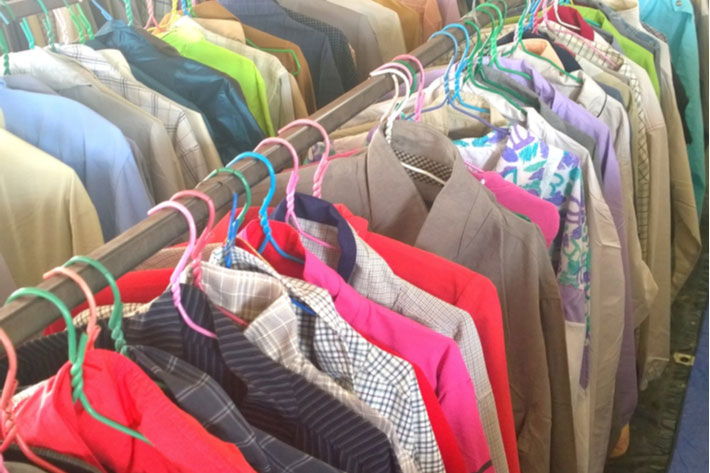
Various free trade agreements taking effect is also adding to the positive expectations, according to the Vietnam Textile and Apparel Association (VITAS).
However, Garment 10 Corp. is concerned that the Chinese Zero-COVID policy and the Russian-Ukraine war will disrupt supply chains, hindering its ability to fulfil new order, according to a report in a Vietnamese English-language daily.
Garment 10 director Than Duc Viet said China remained the leading material exporter to Vietnam, accounting for half of the supply. His corporation has planned to diversify its suppliers in the next five to ten years to be less dependent on China, but it has to accept the situation and seek support from its partners in the short term.
The situation is even worse for Dap Cau Garment JSC., which imports 80 per cent of its material from China. Its director Nguyen Duc Thang underlined delayed shipments from Shanghai as the main cause for his company's disrupted production. His company has to renegotiate with its partners to put back delivery.
Tran Nhu Tung, chairman of Thanh Cong Textile Garment Investment Trading JSC., revealed that this company would seek the substitution of Korean and Thai materials or rely on domestic materials to deal with the shortages.
Some other companies also thought of the same idea, but only deep-pocketed ones could make it work due to high costs. Those with limited financial capability normally have no choice but to ask for a delay in delivery.
Trinh Xuan Lam, chairman of Tien Son Thanh Hoa JSC., said his company had been sticking to diversification to get through a hard time but with little success. Material from other countries is insufficient to fill the gap left by China.
According to the general department of customs, textile exports reached $8.8 billion in the first quarter of 2022, up by 23 per cent compared to the same period last year, representing the highest quarterly growth in 10 years.
VITAS said Vietnamese textile companies are urging the government to soon approve the Development Strategy for Textile and Footwear by 2030 to make the industry self-sufficient in material production and compliant with rules of origin as stated in free trade agreements.
Fibre2Fashion News Desk (DS)